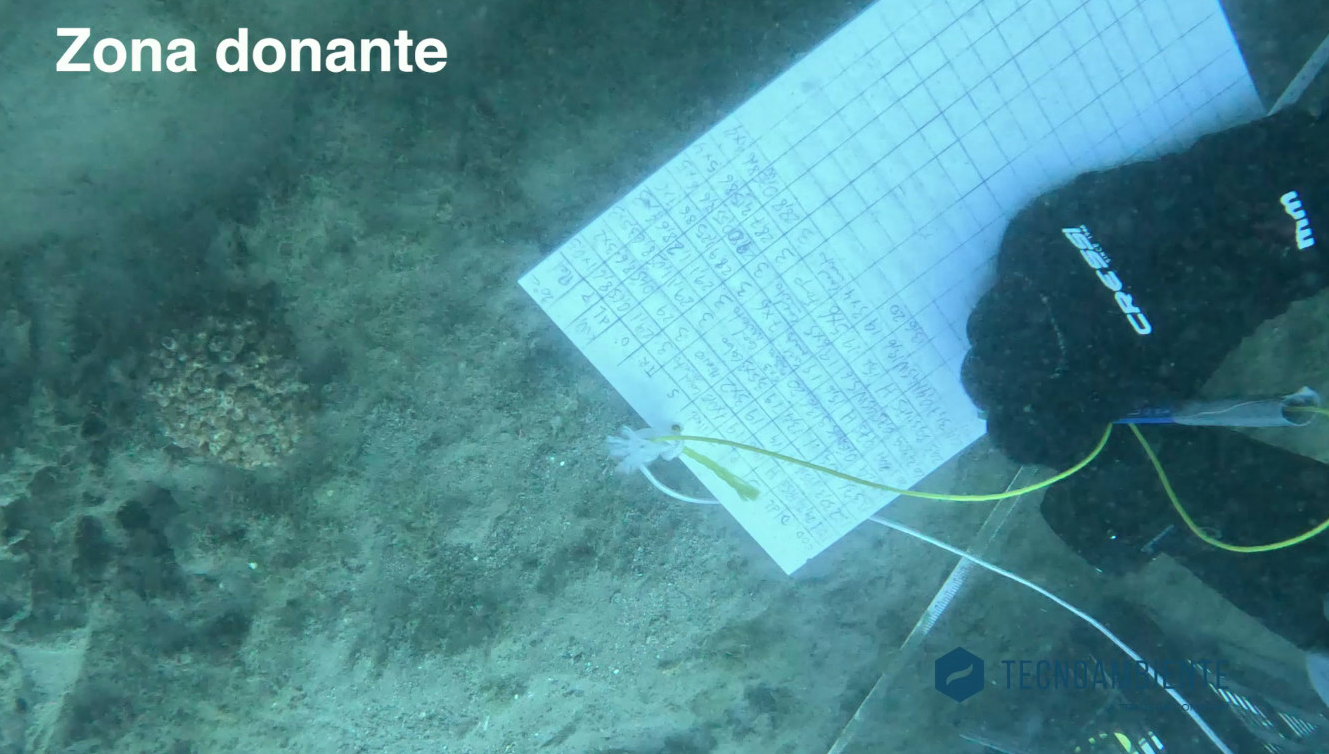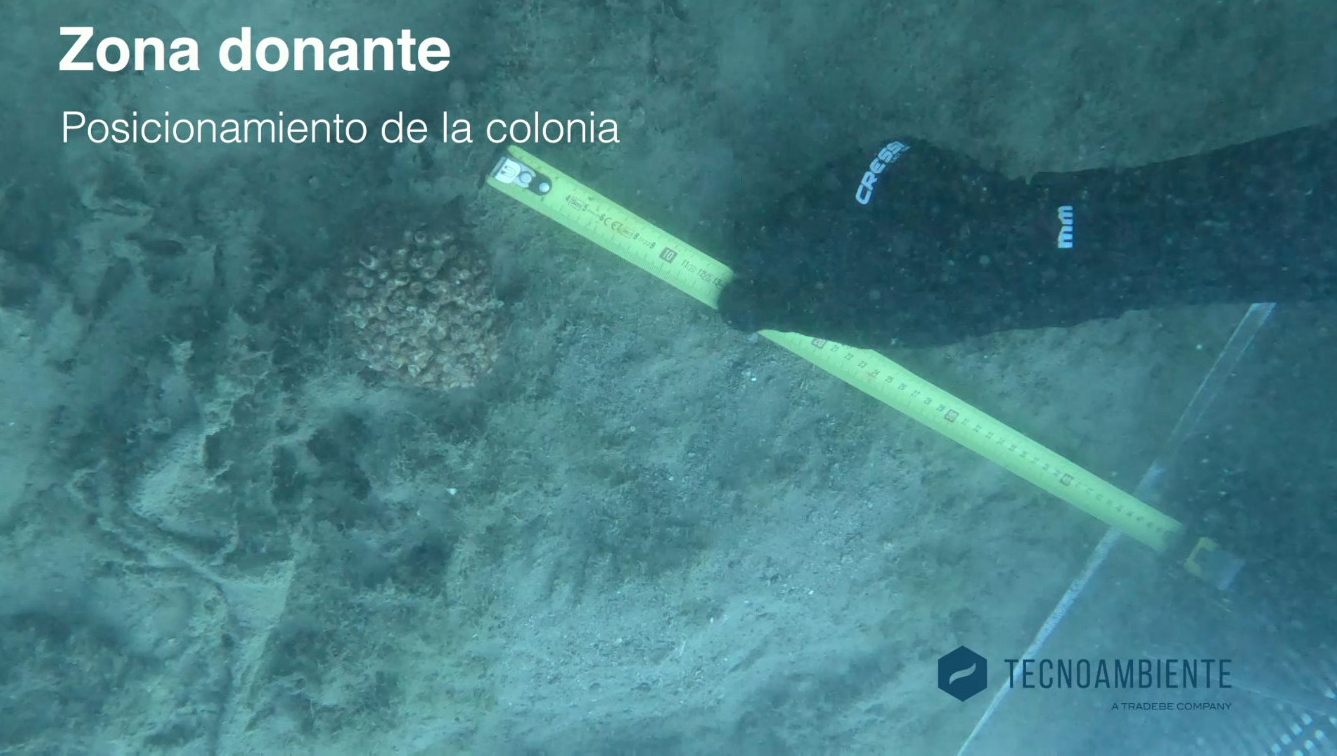The transfer of coral colonies affected by the work on the pontoons for sports boats in Cala Corb has begun
This will allow work to resume on the new walkway that will connect Cala Corb with the d’en Pons quay, which is expected to begin in November.
Maó
22/06/2023- Environment and CSR
- Port-city
Work has been underway to relocate the Cladocora caespitosa colonies affected by the work on the pontoons for sports boats in Cala Corb since the beginning of June. The project, awarded to the company Tecnoambiente for 139,224.05 euros, will allow work to resume on the new walkway that will connect Cala Corb with the d’en Pons quay, which is expected to begin in November.
With this walkway, the two quays will be joined at a height of 1.2 metres above mean sea level. In addition, the new walkway will be able to accommodate around 67 small boats.
The main objectives of this infrastructure are to optimise service conditions for sports boats, reduce the waiting list for directly managed moorings, and improve access and pedestrian circulation in the port of Maó.
The project to build a pontoon for sports boats began in November 2018 and was awarded to the Copcisa / Construcciones Olives joint venture. In January 2020, as a result of the need to modify the initial project due to the stability of the embankments in the area, the Spanish Institute of Oceanography (IEO) was asked to draw up a report on the current state of the seabed in a section of the Cala Corb area.
The conclusions of the report warned of the low probability of survival of a coral species endemic to the area, the Cladocora caespitosa, and recommended a project to restore its colonies in order to mitigate the impact caused by the work.
Following the mandatory reports from the Directorate General for the Coast and the Sea and the Directorate General for Biodiversity, Forests and Desertification, the green light was given for the project to translocate this species, which is also present in other areas of the port, such as the southern part of the Isla del Rey, the passenger dock, the Cala Figuera inlet and Cala Fonduco.
The receiving area is located at the northern end of Illa Plana, at the foot of a small cliff about 1.5 metres above sea level and located at a distance of 600 metres from the donor site.
Endemic species
The presence of the species Cladocora caespitosa in Menorca’s waters is well known. As an endemic species it is essential to protect and conserve it. There is evidence that this presence has been very important in ancient times, as indicated, for example, by the Holocene sites found under the es Grau lagoon-beach system. They are particularly vulnerable, as they have evolved under very specific environmental conditions and changes in their environment may lead to their extinction. Moreover, any change in their populations can alter the dynamics of other species with which they are directly or indirectly related.










